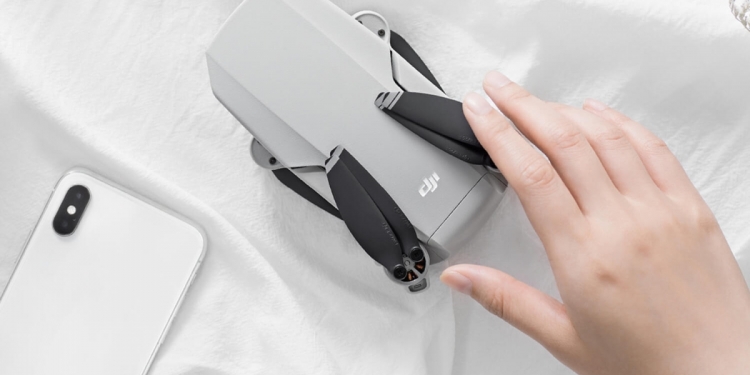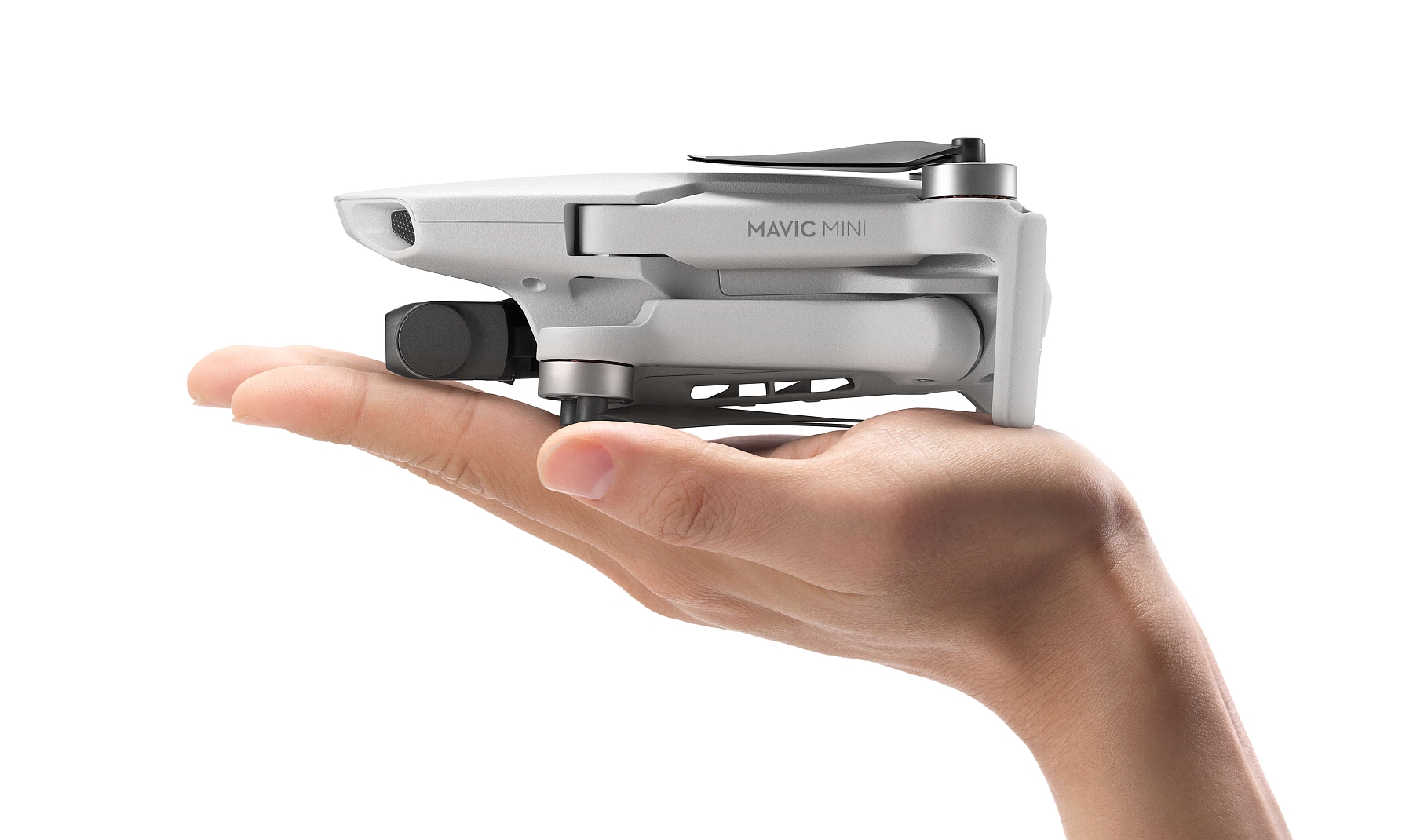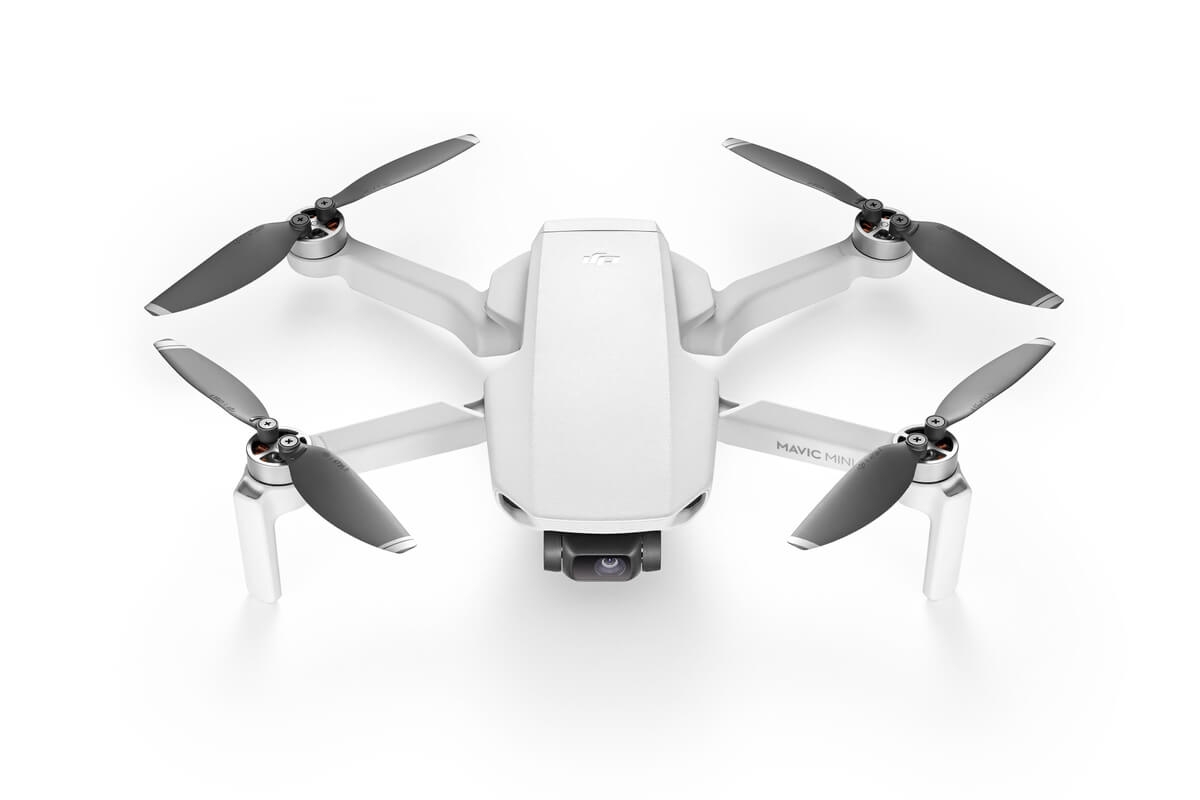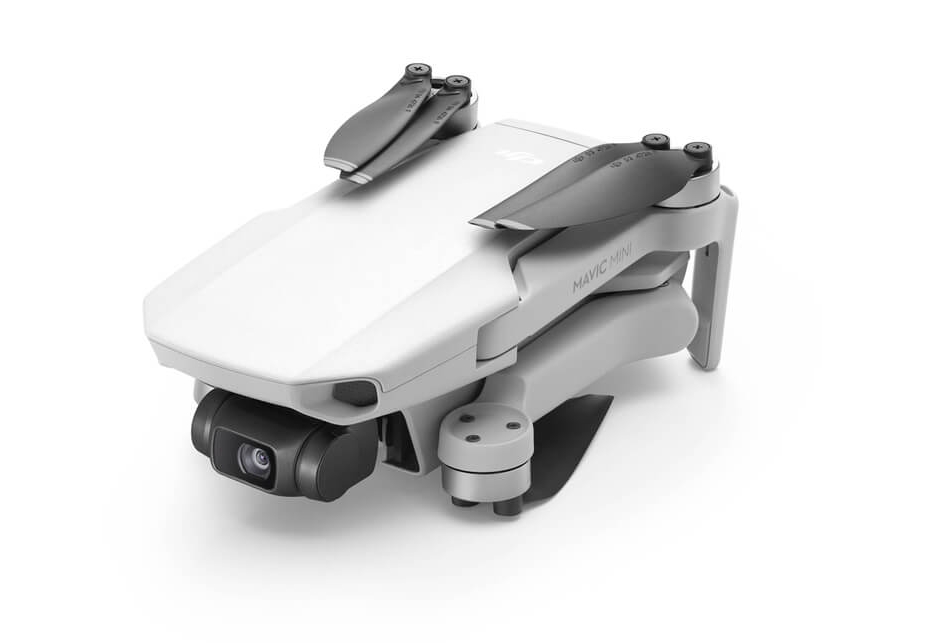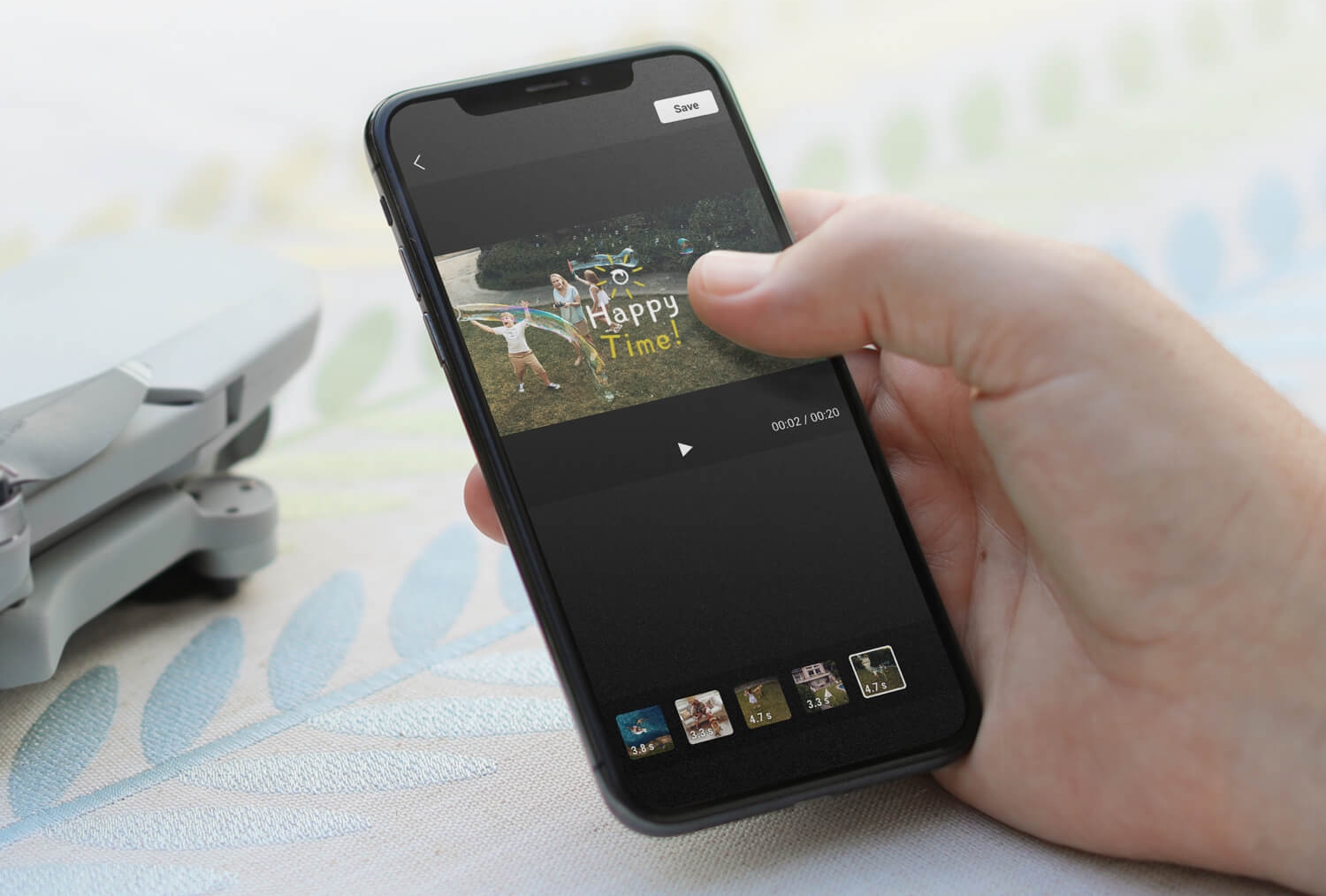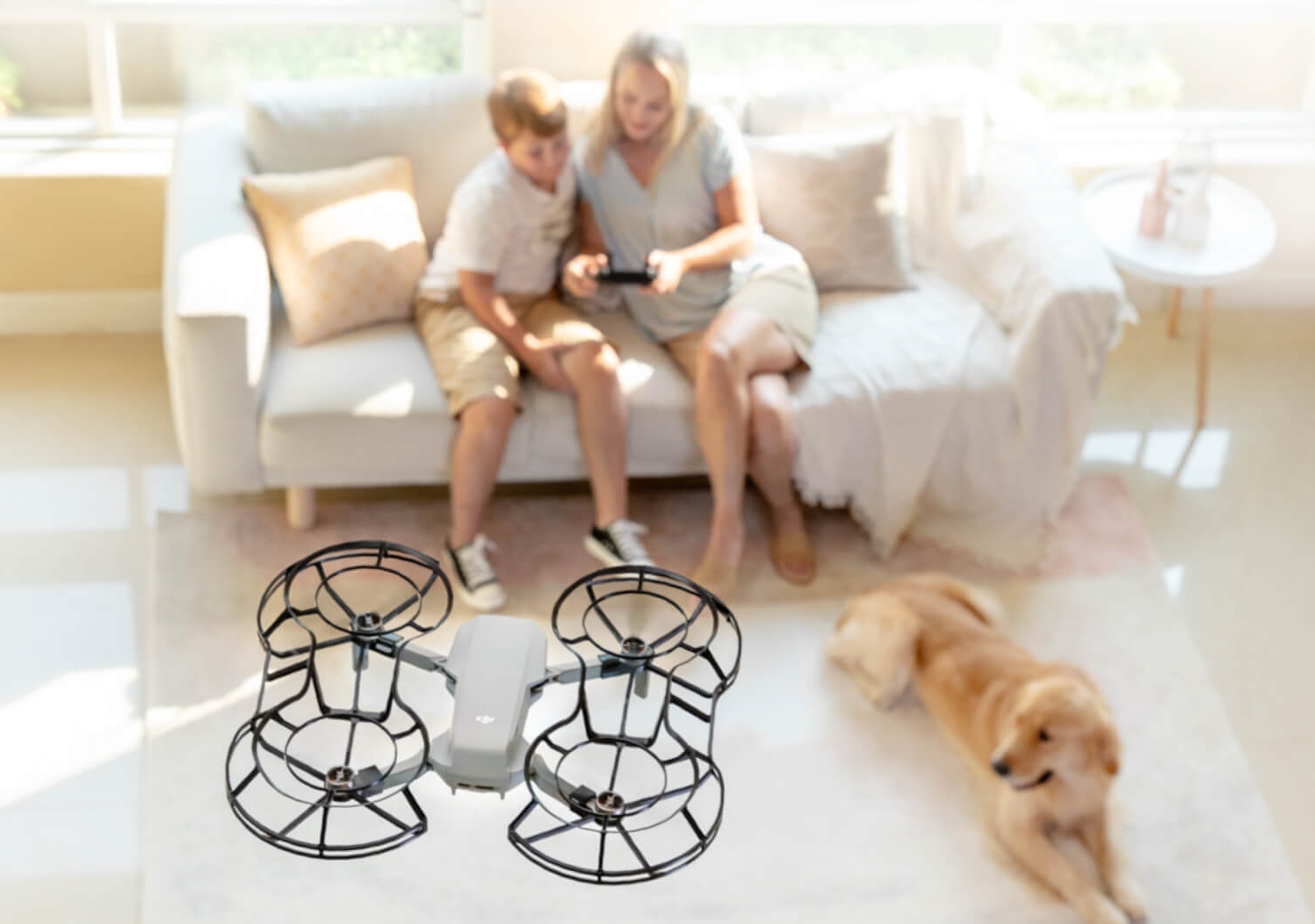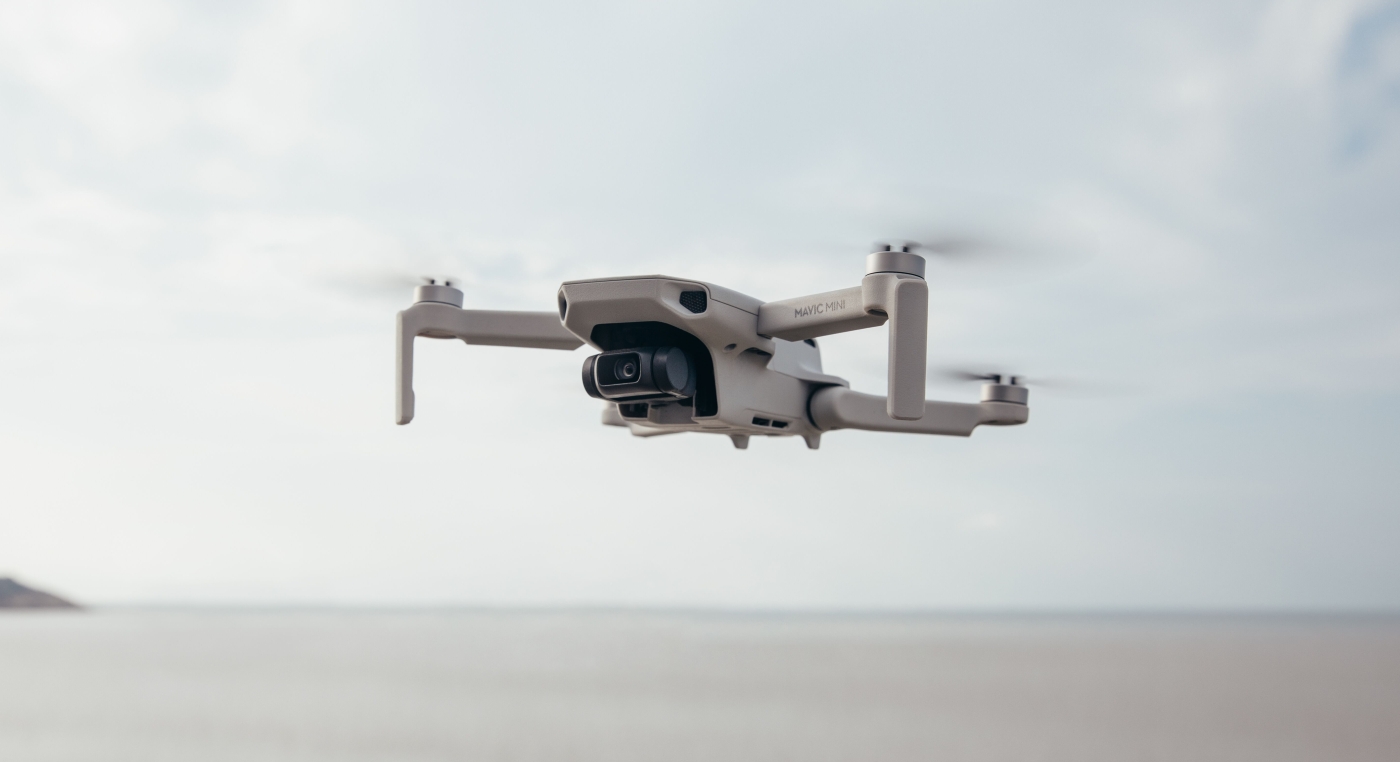Remember how not too long ago, everyone lost their minds with how small the DJI Mavic Pro was? I do because I was exactly one of those people who were mighty impressed. But we’ve come some ways since then and today, DJI is bringing a drone that truly has the footprint of a smartphone, and weighs about the same too, into Malaysia. This is the DJI Mavic Mini and here’s everything you need to know about it.
Pricing & availability
DJI’s Mavic Mini will retail for RM1,599 for the standard package and RM1,999 for Fly More Combo. The standard package includes the Mavic Mini, remote controller, one battery, extra propellers and its necessary tools and cables. For the Fly More Combo, you’re getting the same accessories with an additional 360-degree propeller cage, two-way charging hub, two additional batteries, three sets of extra propellers and a carrying case.
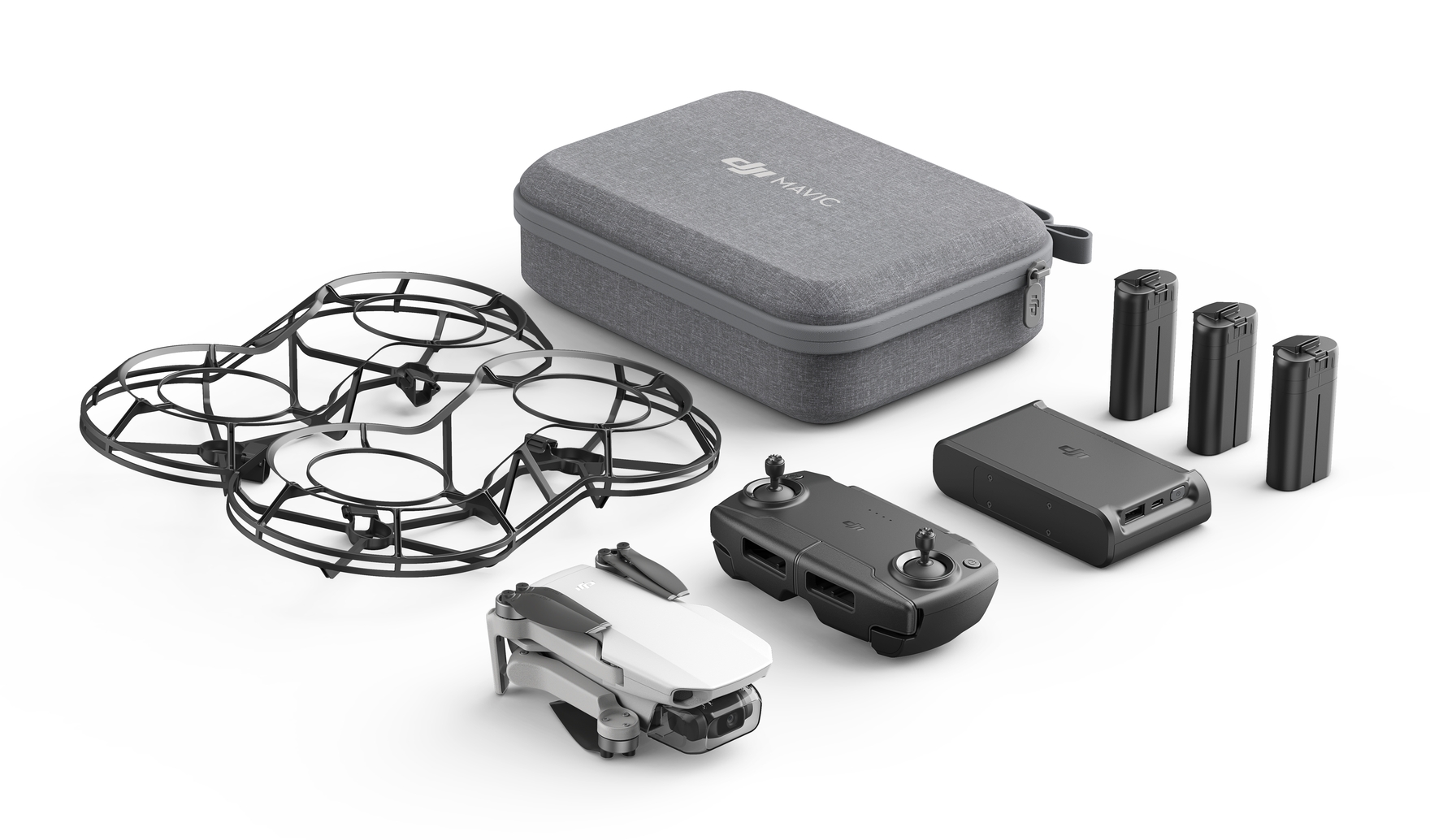
The Mavic Mini is now available for pre-order and it will start shipping in mid-November 2019. The accessories will be available for pre-order at the end of this month.
VSTECS Astar Sdn. Bhd. (formerly known as ECS Astar Sdn Bhd) is a DJI authorised distributor and they are also appointed as a DJI Recommended Service Centre for aftersales and repair services in Malaysia.
DJI Mavic Mini features
Despite being one of the smallest proper drones in the market right now, what sets the Mavic Mini apart is that it looks like quite the capable drone too. In DJI’s hierarchy, the Mavic Mini sits somewhere between the Mavic Air and the DJI Spark.
However, because the drone’s wings actually fold in, the Mavic Mini actually has a smaller footprint than the DJI Spark, and weighing just 249g, the drone is also 51g lighter than the Spark too. Also, this weight sweet spot means the Mavic Mini doesn’t require registration with the FAA in the US.
Despite its tiny size, the Mavic Mini still features a 3-axis gimbal that stabilises the drone’s 12MP f/2.8 1/2.3-inch CMOS sensor. That said, it’s not quite the shooter the Mavic Air is because the Mini is only capable of shooting up to 2.7K resolution with a maximum bitrate of 40Mbps. Not great for pros/prosumers, but likely good enough for a casual user’s first drone.
What is a little disappointing, however, is that the drone sacrifices a lot of the advanced collision avoidance systems DJI has built its name on. There are no front sensors, back sensors, nor side sensors. It only has a single downward sensor, which is honestly a little disappointing. What made flying DJI drones effortless even for beginners was how hard it actually was to crash one when you had all the sensors on. But, for a drone that seems designed for beginners, not having this is rather perplexing.
That said, the rest of the drone is still pretty solid. You’ve got a killer (up to) 30 minutes of flight time, which is a huge improvement over the Spark’s comedic 16 minutes. Plus, it also has a max transmission range of 4km which is double that of the Spark. On top of that, it also supports a whole host of DJI’s smart QuickShots so you can perform dronies, rockets, circles and helixes with a couple of taps on the DJI app.
Clearly, the Mavic Mini is still a very capable drone, and its minute size makes it a tantalising package for travel videographers. The question is, will this be the drone for you?

